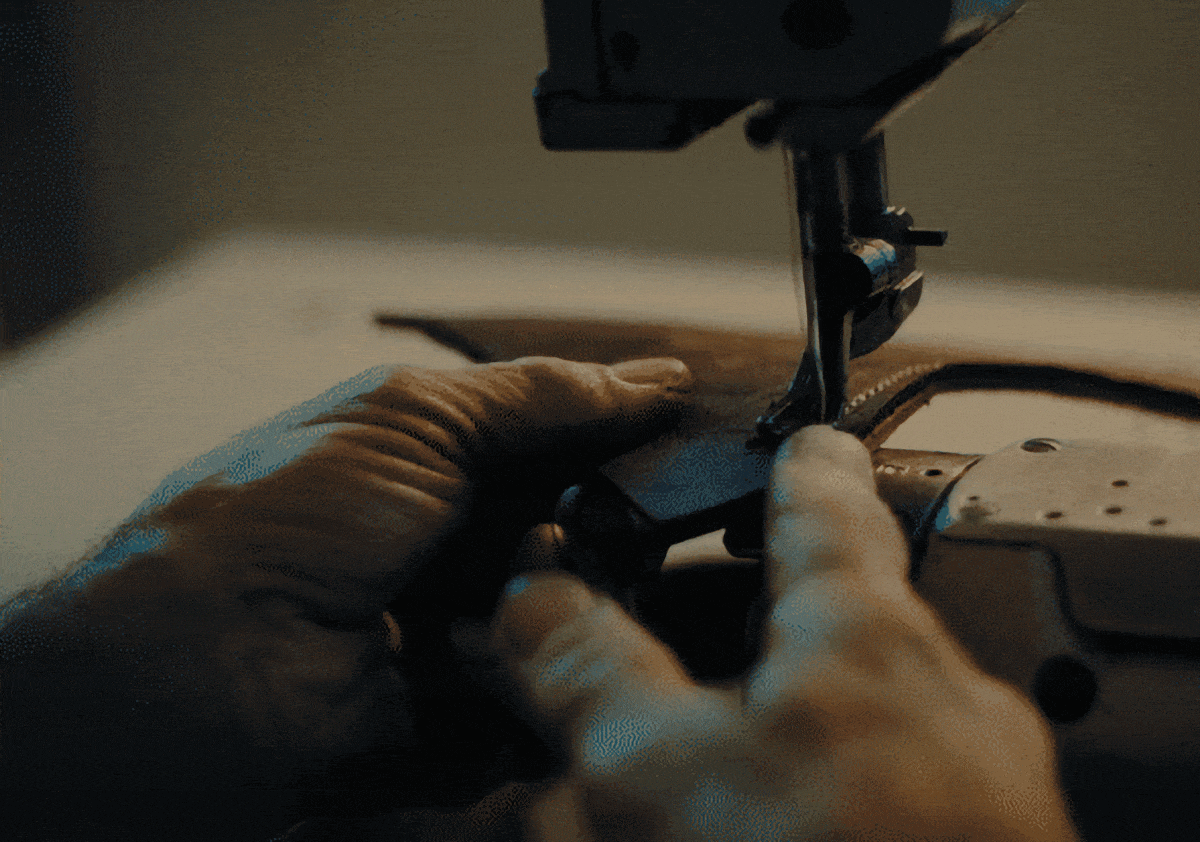IoT Technology for Manufacturing
Innovative solutions for smart manufacturing
The digital transformation process taking shape in the manufacturing world has given rise to new sector requirements, indicating the birth of a new industrial context.
We are in the Industry 4.0 era, a context in which the factory becomes "smart" and heads towards an increasingly integrated and automated production process.
In this scenario technologies such as the IoT applied to the manufacturing sector, as well as the Big Data Analytics, cloud computing and AI are playing a fundamental role in the evolution of the manufacturing sector.
The Internet of Things is rapidly transforming the manufacturing sector. The basic idea is that the presence that of a presence a variety of objects that take on a "digital voice" thanks to technologies like RFID tags (Radio-Frequency Identification), sensors, external operators, etc.
Through these technological components the objects are therefore able to interact with each other and cooperate to achieve common goals.
Thanks to this revolution, from now on, objects throughout the manufacturing process are able to communicate with each other and with the environment, exchanging data and information, carrying out processes that set certain actions in motion, actively participating in business processes.

